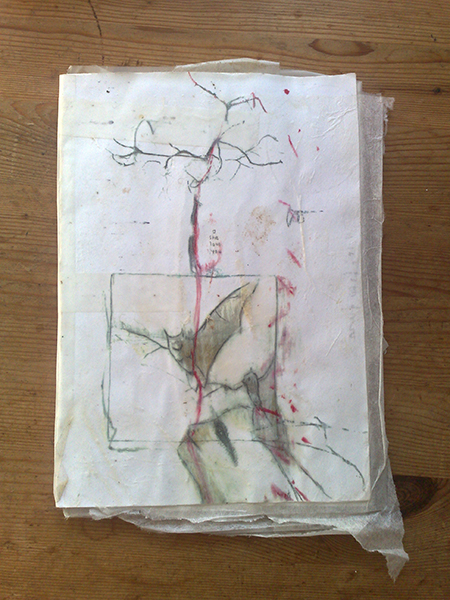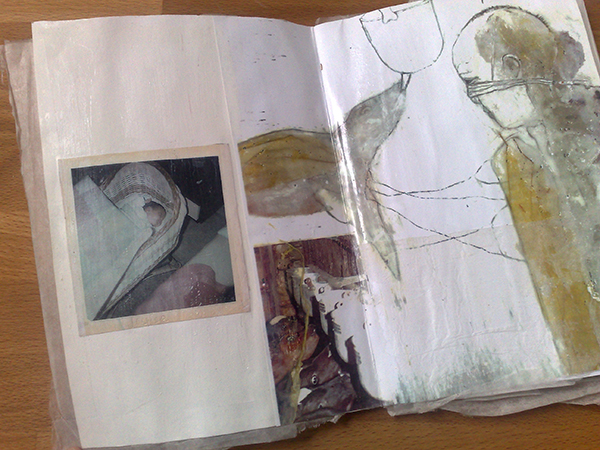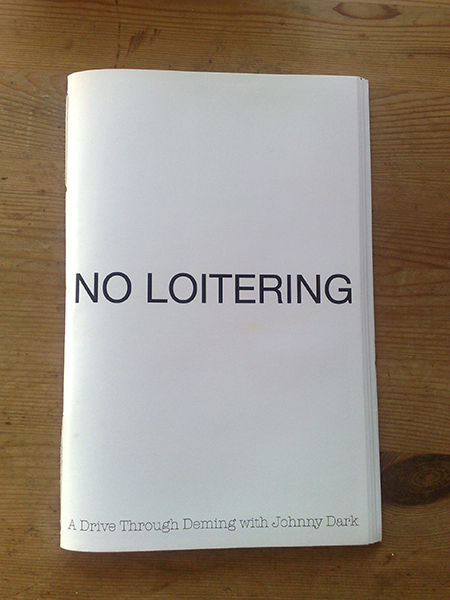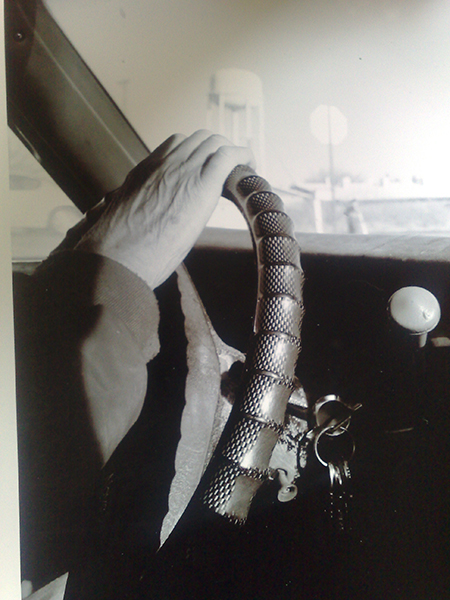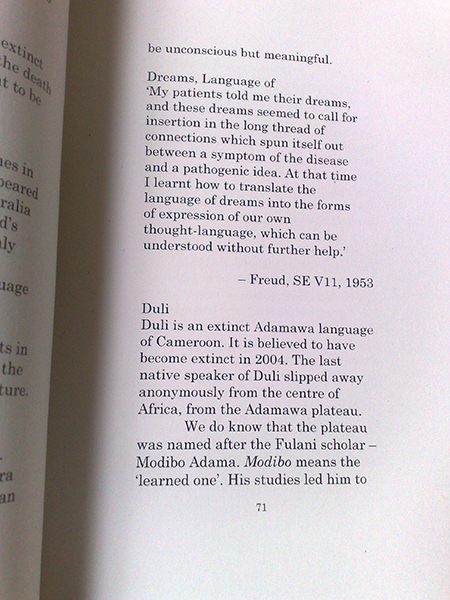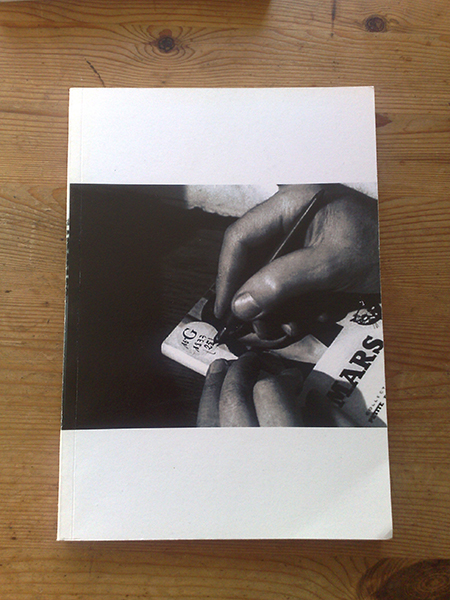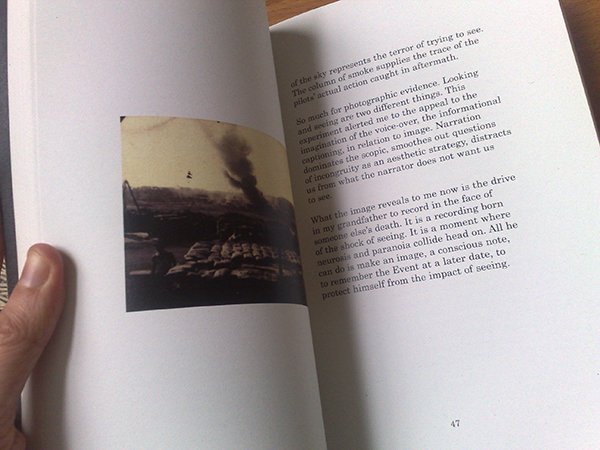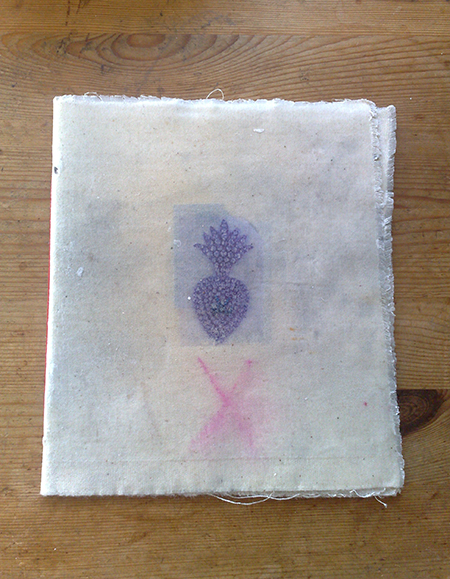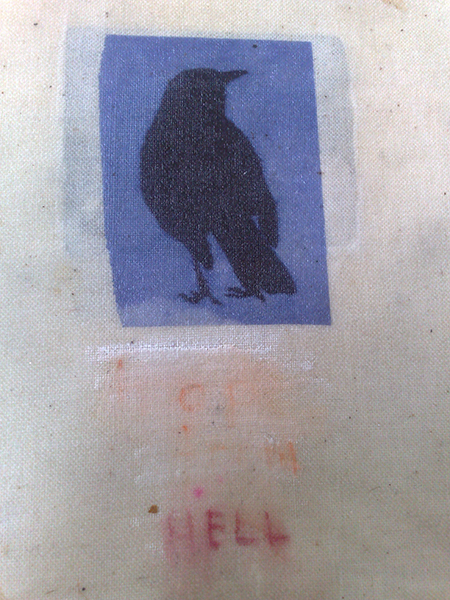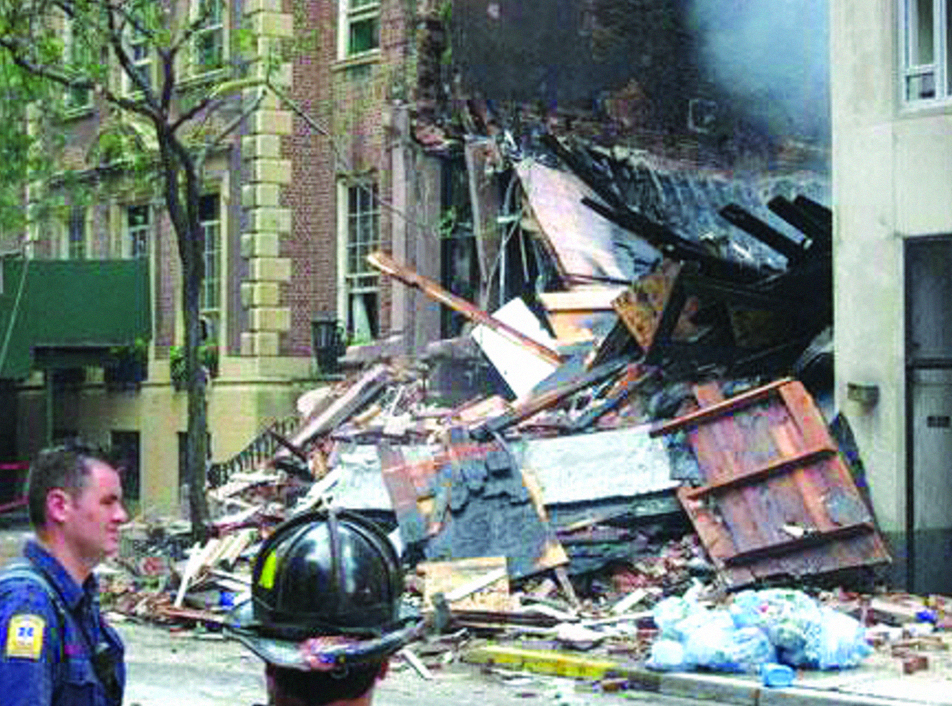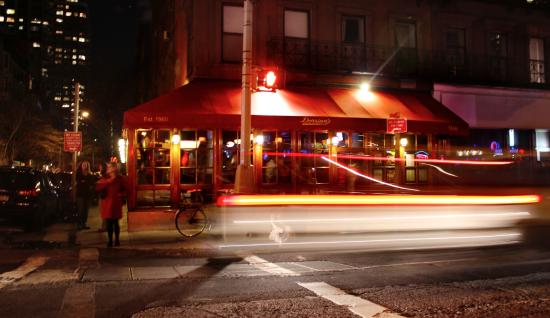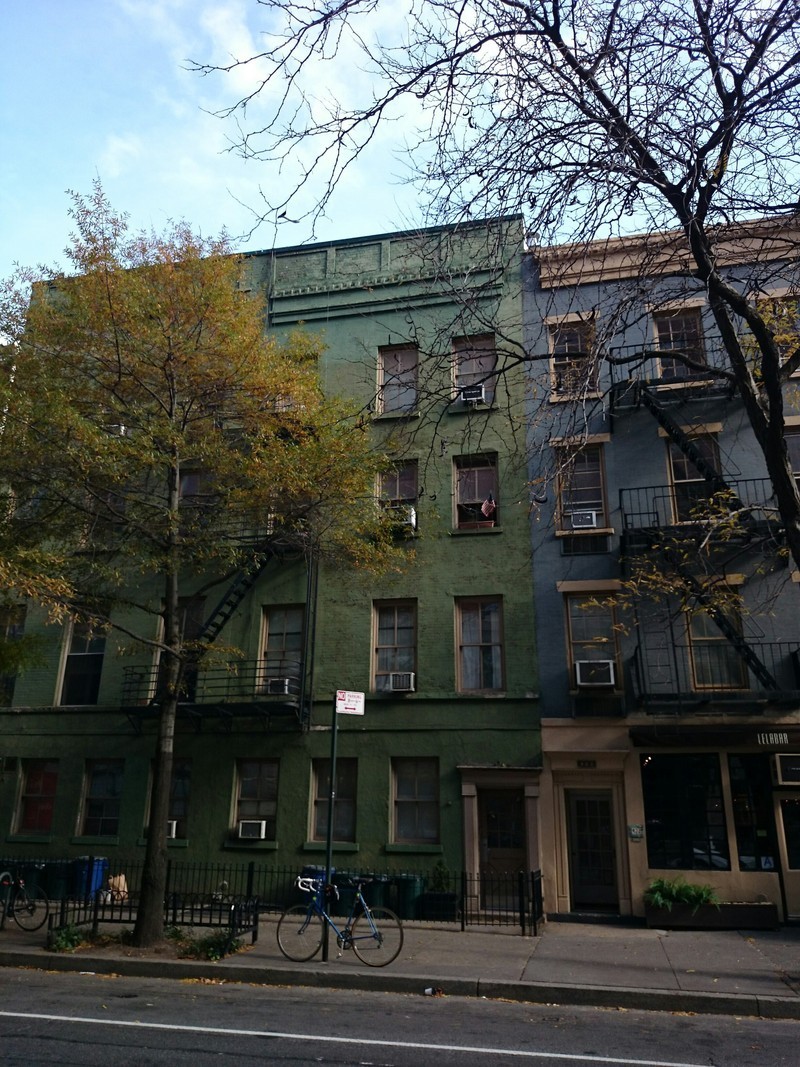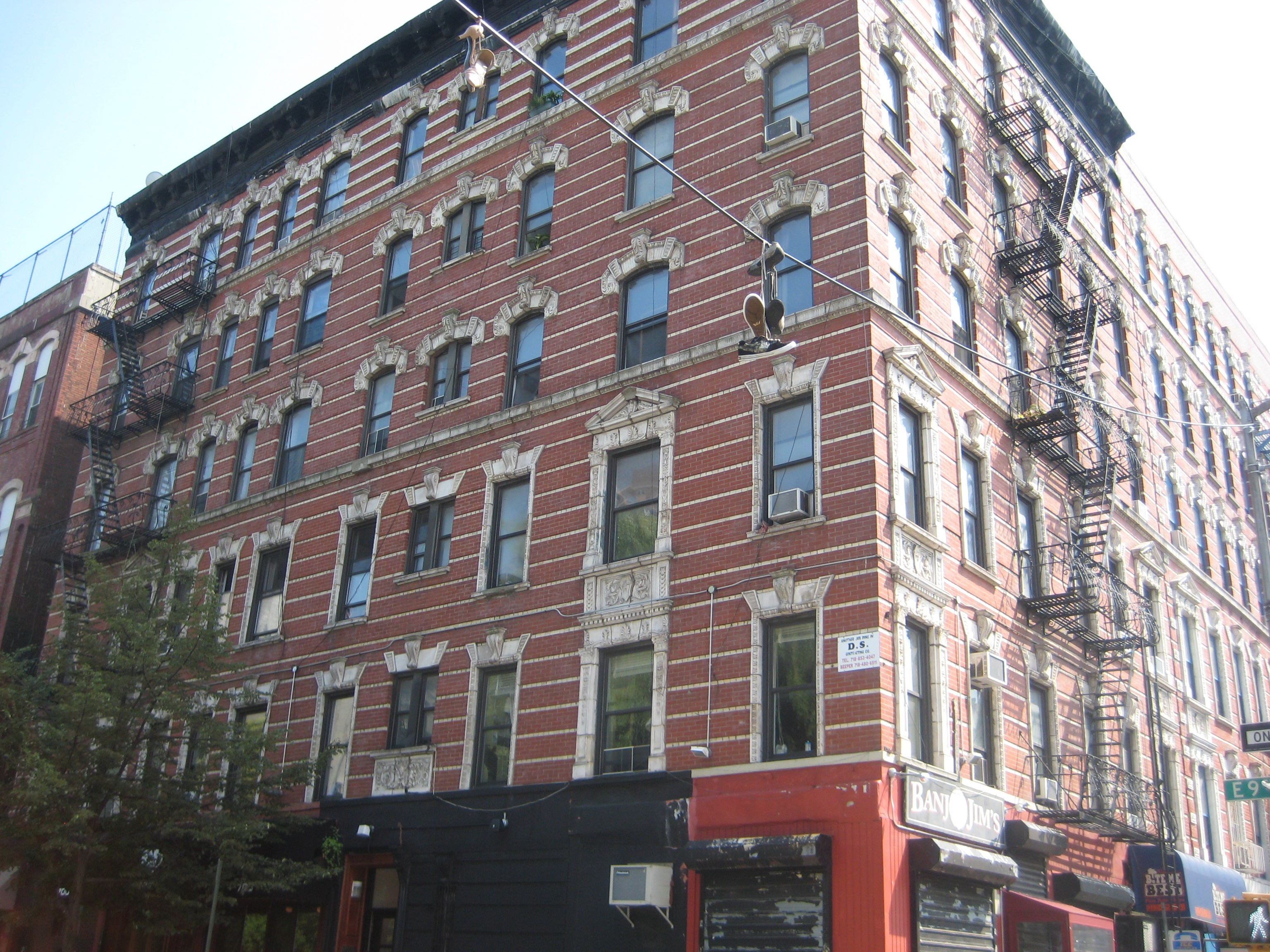RICHARD ALDRICH
Thursday, April 14th, 2016When I moved to NY in 1999 I was doing mostly art with photocopying text. As such I didn’t have much of a studio practice, so to pass the time I would write short stories, essays and prose poems. A few of these started working their way into my art. In my recent show, Time Stopped, Time Started, I presented a painting upon which was attached a series of drawings done in the early 2000s that came from one of these texts. The story was called The War pt.2. I recently looked through my digital archives of these early writings and found The War pt.1 and The War pt.3.
The War pt.1
We were shuddering, shoulder to shoulder, and shouting out at them. We were drunk on plum wine and all that had happened these past two years was finally coming out. All that we were commanded to repress, unconsciously or not, was surfacing. That is one of the few things drink is good for, and we were partaking in its glorious function. It was smuggled in by someone and we should not of been drinking it at that particular time, considering what kind of a situation we were in, and where we were at. It was complete grounds for dismissal. Not that they would of done something like that– they needed us. They needed us more then we needed them that is for sure.
Suddenly the earth shook. And my hat boggled on top of me head. It’s metal lip covering my eyes for a second, bouncing up and down like a go-go dancer, like a video of some stripper, dunk dunk dunk. My hand unconsciously went to the crown of my forehead, and my arm wrapped around my rifle. We got up and started running down the trenches, to the command-post-out. Dirt was flying everywhere, sideways like they had invented some new gun to use against us. Foundation deep somehow.
Clunk our feet went, he was leading our way and I had my hand on his back as not to lose him. The air was suddenly thick with green smoke, and hardly could I see a thing at all. We heard shouts of liberty, but it wasn’t us. It echoed almost louder then the bombing shells, and we couldn’t figure it out, waving our hands in the air.
I shot out when we paused. Something had hit something and our trench was no longer going anywhere. It just stopped. It was quite abrupt and we wondered if they had built a new gun that redirects our trenches to confuse us and get us lost. If so they were way smarter then we. Out of the trenches, into the trenches, forward forward. That last night I was with.
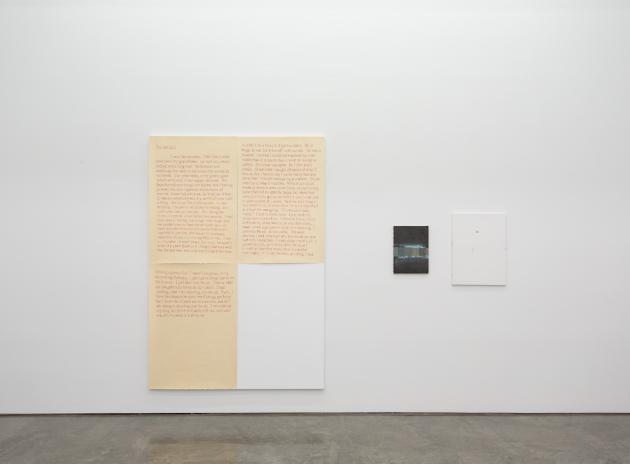
Click image to view larger
The War pt.3
There were three of us this morning. There were two of us this evening. I took my gun and vanished. I was sent to the forward front. I’d spent years behind the lines. I was in school. I was from the school. We had books and papers and we learned by fire light at midnight. And we thought that we must go on. We bridged frontiers of acceptance, and of kinderedness. And the rains did come. And pour on the cement floor. It came down in sheets. And I remembered hearing that before, ‘coming down in sheets’ and now I was seeing it, and now I was saying it. There was dirt on the ground it muddied quite quick and thick. The wind, the wind was blowing. I was talking with a partner and showing off for everyone, “Nancy was here before and she said to take what she can and why not ask for more.” I was going on and on. An alarm claxon went off, we were startled, and we threw our helmets on and headed out. We knew the line to the front like the lines on our hands. We were turned into legacies. A bomb went off and we turned into dust. We fizzled. We clutched our ears and clenched our eyes. The bomb went off far enough away that we weren’t hit with any shrapnel or debris but the sound was deafening. I heard a vague whistle and looked over, it was the sergeant and he was motioning us on, yelling, and his mustache zipping all over. I felt like I was underwater, I couldn’t hear a thing, shots went off like small pops. Like popcorn. I nodded vaguely, still in shock from the bombing. It seemed like the sky was still lit up, orange and pink and sometimes blue. We ran forward and body parts lay upon the ground. It was the most horrific thing I’ve ever seen. Arms and legs and just mashed bloodied pulps. Men where kneeling down and taking razor blades to their arms, just cutting themselves clean. The blades slipped into muscle, through skin and nerves, and trickles of blood leaked out. One man took the blade to his eyeball, and clear liquid spewed out. I was almost vomiting and still I couldn’t hear, and still I felt like I was underwater.
“Why are they doing this?” I shouted.
Not to anyone in particular, and I am not sure who I meant by ‘they’. And I am not sure what ‘this’ was either; was I doing ‘this’? It was ghastly and ugly and bastardly. I took to the air. I hadn’t even fired a single shot and I turned and ran. But then I realized not where I was going to wasn’t really there. I was confused and sick. I looked around for my companions but they were lost in the fog. I saw silhouettes, the skies were still afire, but they all had the same hunched back and round head and stinking smell.
Suddenly Shots rang out full speed. In all the confusion I hadn’t noticed that no one had been really firing, but now after the bomb had blown the enemy had repositioned themselves for a frontal assault. We were caught completely off guard. I heard shouting uncontrollably. I was relieved when, upon mumbling to myself ‘at least it isn’t me’, that I realized, at least, it wasn’t.
I had my canteen and opened it up. I had a nice three-quarter of opium spirits and downed it. We all drank it then, someone came over, then another. We sat hunched together, our backs to the fire. Our opium turned into the water and someone joked about Jesus, someone else said, “no, that’s wine” we laughed. The smoke was clearing out and we realized that we were close to the base, and there was our Sargent motioning us back. We went, all too happily, and he was warm and concerned. It the most sincere voice I’m sure he could muster he said, “everything’s fucked, the transport ships are located back, (he motioned with his thumb, very military like) get out there.”
Later when we were on the ship he began to play the clarinet and he was awful. There was a boy with a guitar, and this girl that would kind of hum/moan to his melody, but the sarge shut them up with a smack and a “what? I saved you and this is what I get?” Then ran through his scales and we were to applaud. It was unbearable.
Suprisingly enough we got all our men onto the ship before it took off and we had suffered few casualties. Our spirits were high and we were going to another line.
—
Richard Aldrich was born in 1975 in Hampton, Virginia, but grew up outside of Dayton, Ohio. He currently lives and works in Brooklyn, New York.

